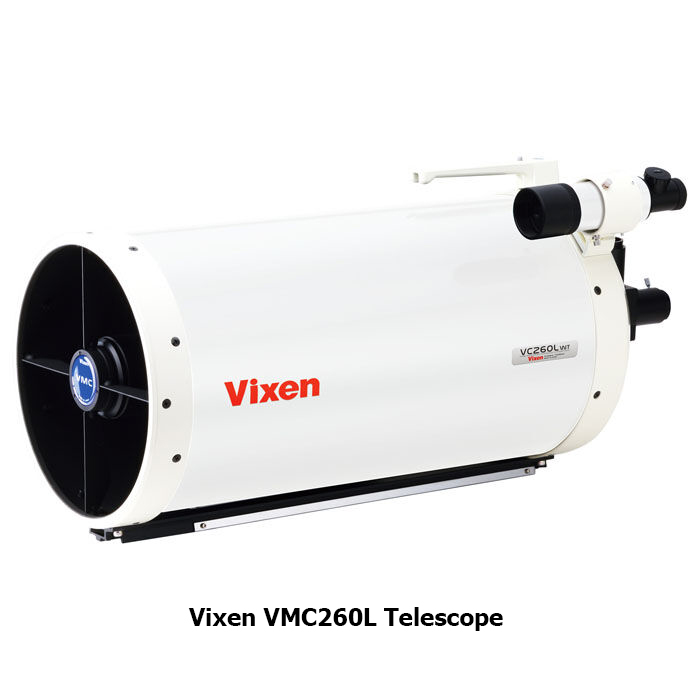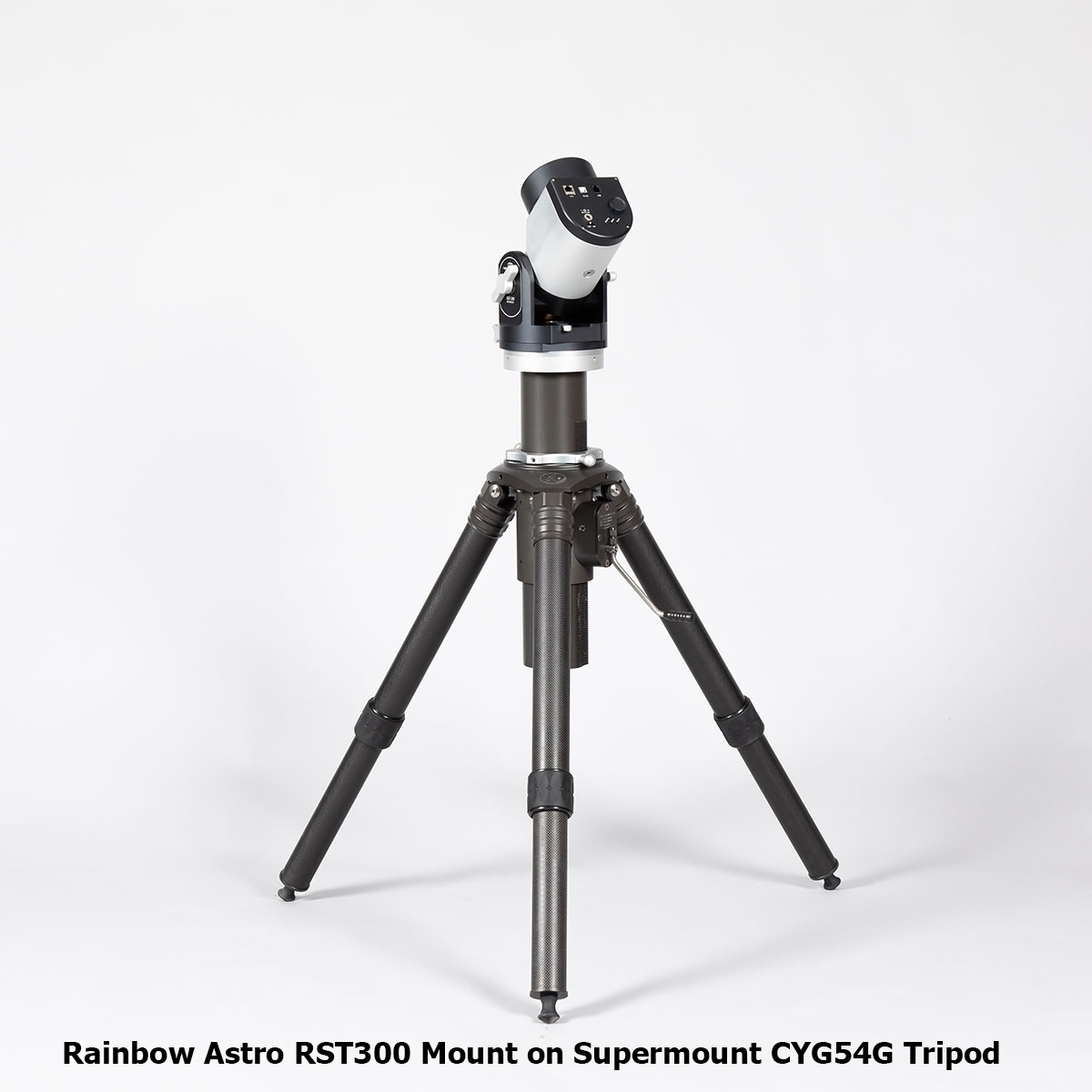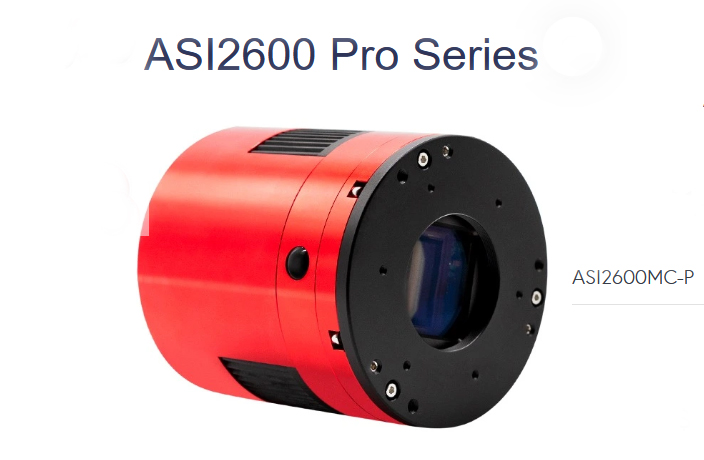|
EAA is "Electronically-assisted" astronomy.
With this type of observational astronomy, the camera substitutes for
your eyeballs at the telescope:
-
Typically the observer live-streams and stacks
together many short-exposure sub-frames of around 5-10 seconds exposure time for
each subframe, for a total stack time of 10-20 minutes for each object before
moving on in the sky to the next object to be observed. The full stack of subframes is then saved onto the pc
hard drive out at the telescope as a single Master Frame for further basic
software processing later if desired.
-
You then slew to the next object on your
observing list and repeat the process.
-
There are several software apps available to
automate these EAA routines.
SharpCap is one of the primary apps used to
image the objects shown on these EAA webpages.
Click here to go back to EAA home page.
The following objects shown below were
imaged and observed from 2/28/2025 through 3/1/2025 using the EAA techniques described
above and listed below.
EAA Image Acquisition:
-
Telescope: Vixen VMC260L Modified Klevtsov
Cassegrain OTA with Astro-Physics CCDT67 focal reducer, shooting at f/7.8
and a focal length of 2032 mm
Image Acquisition Software used: SharpCap latest version
Mount: Rainbow Astro RST300, used in Equatorial Mode on Supermount
CYG54G carbon-fiber tripod
Camera: ASI2600 MC-Pro One-shot-color camera
Autoguiding: ASCOM software
driver for mount used to connect mount to telescope control pc. No 2nd
camera was needed or used for autoguiding due to the short 5-10 second
sub-exposures and precise polar alignment of the mount using the SharpCap
Polar Alignment Tool, as well as the tracking quality of typical Rainbow
Astro motor drives for short-exposure imaging.
Post-Processing Steps Used:
PixInsight software was used to lightly
post-process the accumulated and saved single master frames from each
object's image stack. Typically, the steps used for processing were:
-
Removal of light-pollution gradients:
Seti-Astro Auto-DBE script run from inside PixInsight software (1 iteration only)
Color calibration of the master image:
SPFC and SPCC
Deconvolution,
sharpening, fix star elongation, and Noise Reduction using the RC Astro BlurXTerminator
tool from inside PixInsight can also remove star elongation from the
final images that was caused by tracking errors or optical errors from focal
reducer spacing and minor telescope optical defects such as coma,
astigmatism, soft focus, etc... BXT will also help correct soft focus
caused by poor atmospheric conditions or jet-stream turbulence over your
observing site.
Curves Transformation: adjust image for any
remaining residual noise or light pollution gradients, object detail
enhancement, color channel or color saturation boosting or reducing of the
image, and to adjust the white, mid and black points of the images for best
overall appearance on a pc screen.
Final Noise Reduction: RC Astro NoiseXTerminator to reduce camera signal
background noise or leftover color artifact noise, and clean up the
overall image quality of the saved and processed master frames.
NOTE: the above processing steps for EAA are much less
in-depth and very fast compared with full-processing of true traditional
long-exposure images. Again, the goal is to just produce a logbook
permanent record of your observing and not to produce publish-worthy pretty
pictures.
EAA Objects Observed and Saved for this session:
(all image information and links are
courtesy of
Wikipedia and
NASA).
**Click on any image to view full-screen**
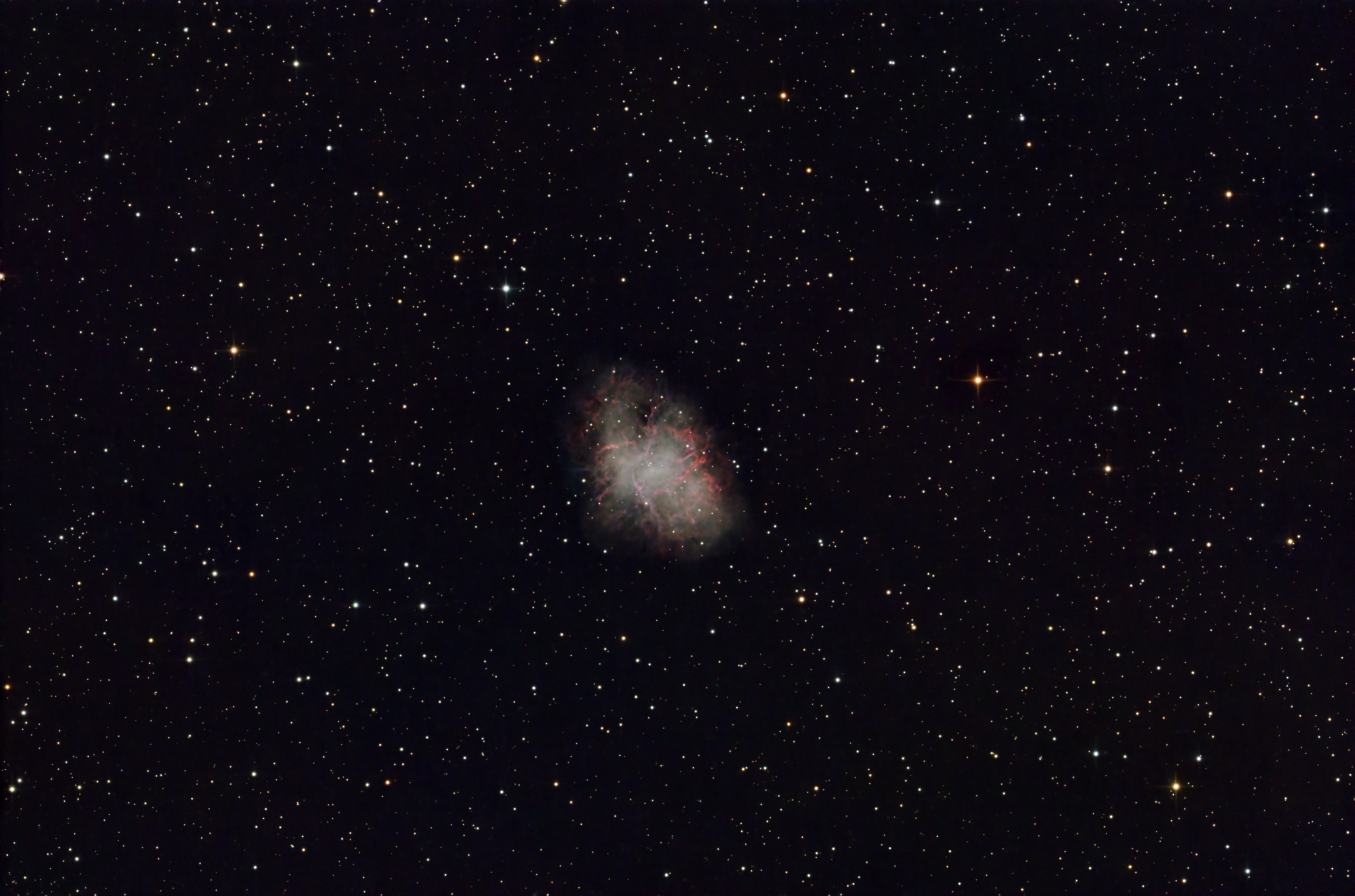
Image Information:
M1, also known as "The Crab Nebula", is
the remnant of an exploded star. The explosion happened approximately
in the year 1045 A.D. The nebula lies 6,500 light-years distant from Earth and is
roughly 11 light-years diameter in actual physical size. The nebula
is expanding in size at a rate of approximately 1500 km/second.
8 second livestream exposures x 133 total
sub-frames for total exposure time of 17.7 minutes |
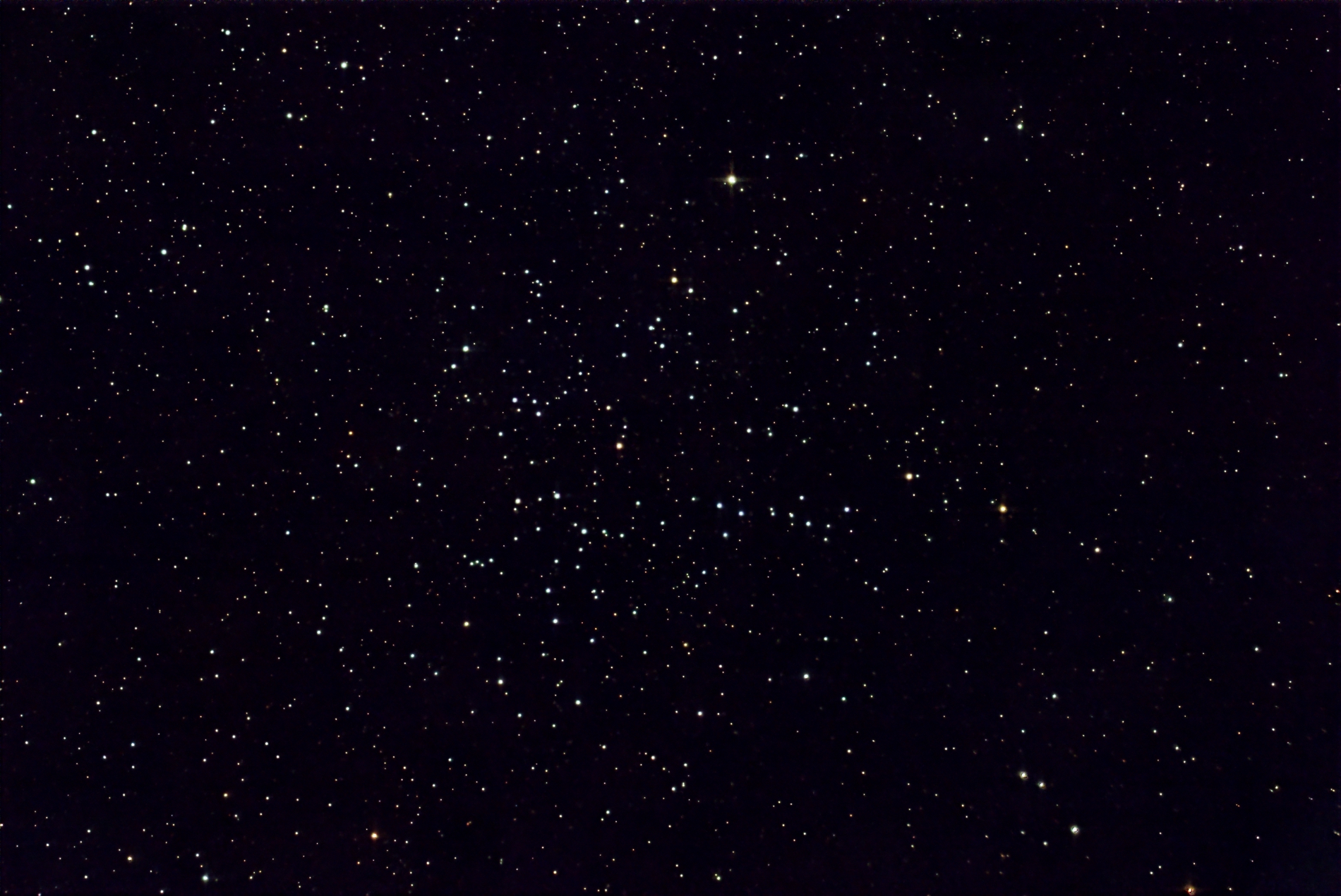
Image
Information:
M38 is an open star cluster in our own Milky Way Galaxy. M38
lies 3,480 light-years distant from Earth and is 13 light-years
in diameter. The star cluster is of intermediate age at
approximately 290 million years old and has a population of
approximately 100 gravitationally bound stars.
5 second
livestream exposures x 240 total sub-frames for total exposure time of
20 minutes |
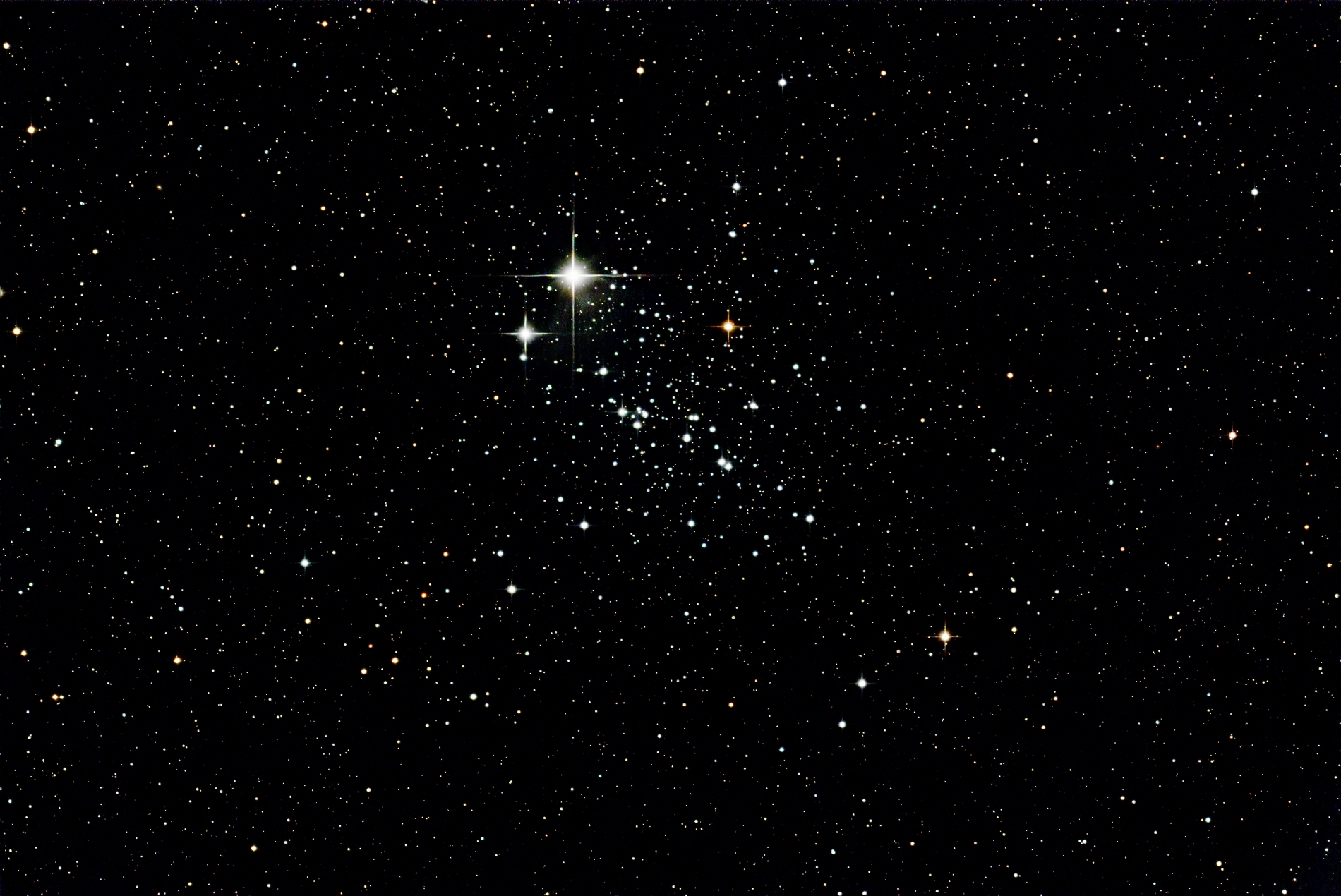 Image Information: Image Information:
NGC 457 is
an open star cluster in our own Milky Way Galaxy, located in the
constellation Cassiopeiae. It contains a conspicuous group
of bright, young, hot blue-giant stars with a few older
red-giant stars. The cluster is 7,900 light-years distant
from Earth and is approximately 21 million years old.
It contains approximately 60-100 stars that are gravitationally
bound to each other.
5 second
livestream exposures x 231 total sub-frames for total exposure
time of 19.2 minutes |

Image Information:
M42
is a bright emission nebula of hot, ionized gas and dust located
in the same spiral galaxy arm as Earth in our own Milky Way
Galaxy. M42 has a total mass of approximately 2,000 times
our own Sun's mass. It is approximately 1,344 light-years
distant from Earth and 25 light-years across in size.
5 second livestream exposures x 141
total sub-frames for total exposure time of 11.8 minutes |
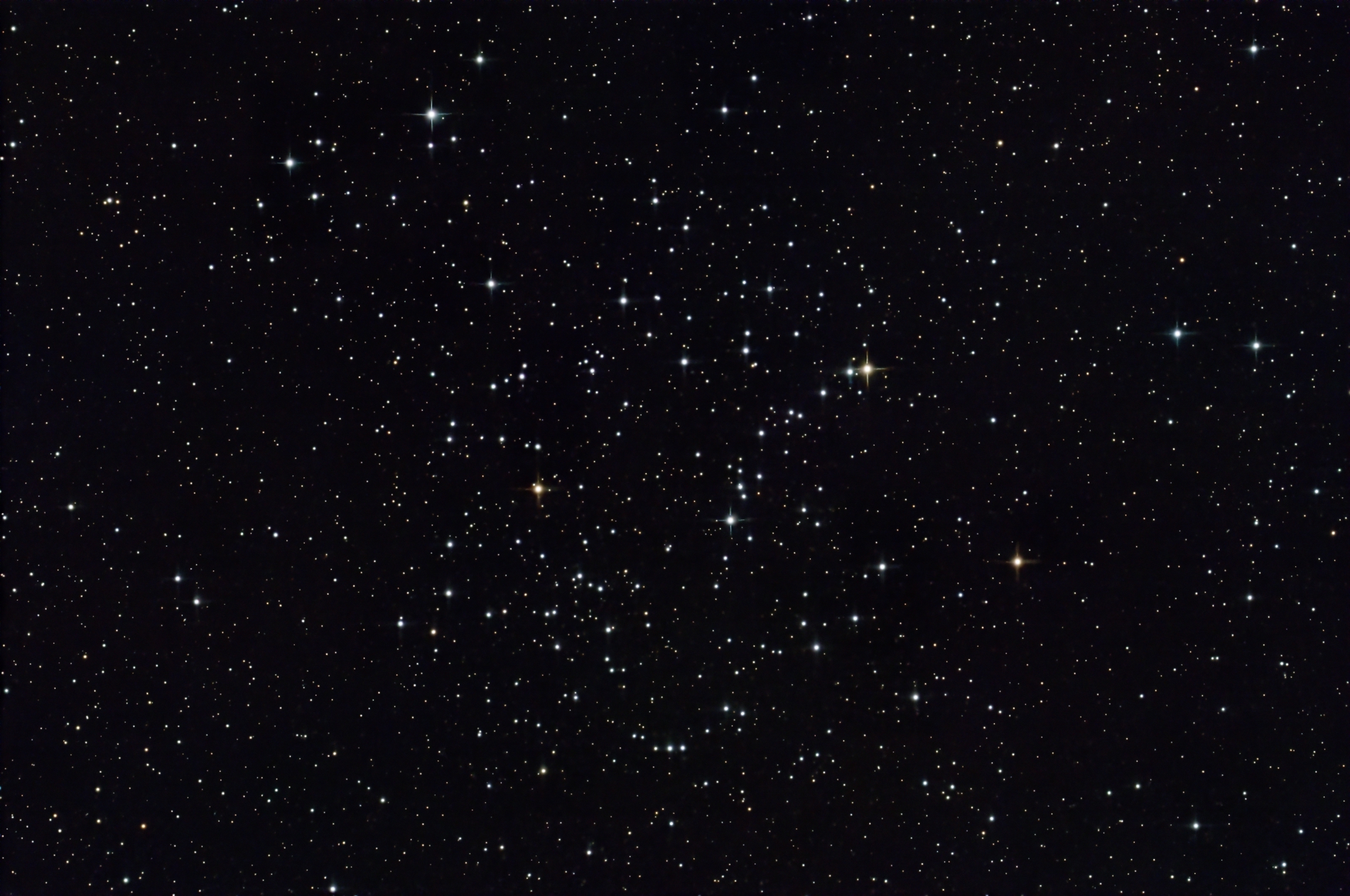 Image Information: Image Information:
M35 is
an open star cluster in our own Milky Way Galaxy, located in the
constellation Gemini. The cluster has a physical diameter
of approximately 13 light-years and lies at a distance from
Earth of approximately 2,970 light-years. M35
contains a population of 300-400 gravitationally-bound stars.
The cluster has a mass equivalent to at least 3,200 Suns..
5 second livestream exposures x
139 total sub-frames for total exposure time of 11.5 minutes |
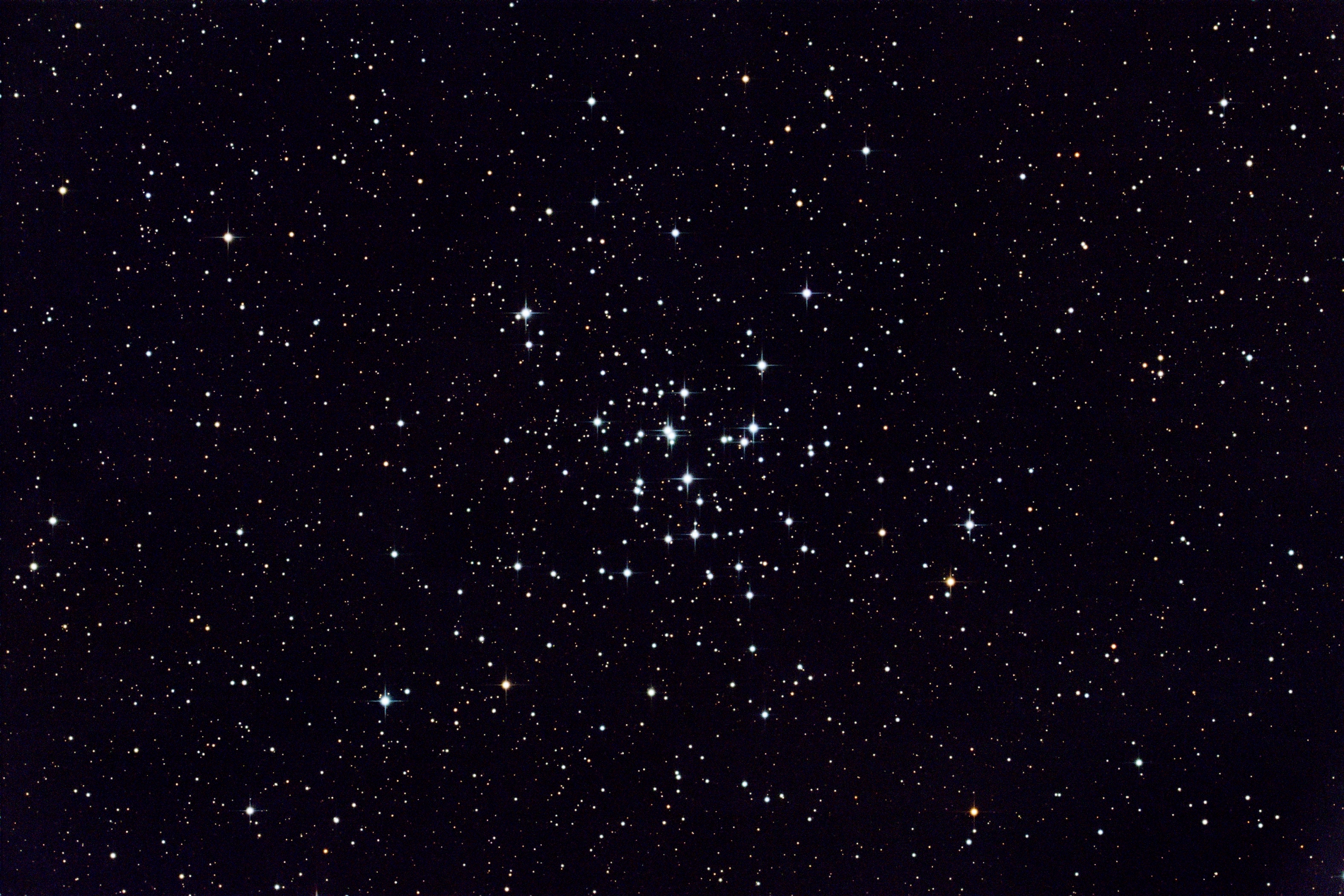 Image Information: Image Information:
M36 is
an open star cluster in our own Milky Way Galaxy, located in the
constellation Auriga. The cluster has a physical diameter
of approximately 30 light-years and lies at a distance from
Earth of approximately 3,800 light-years. M36 is
dominated by young, very hot blue-giant stars. The cluster
is approximately 25 million years old.
5 second livestream exposures x 148
total sub-frames for total exposure time of 12.3 minutes |
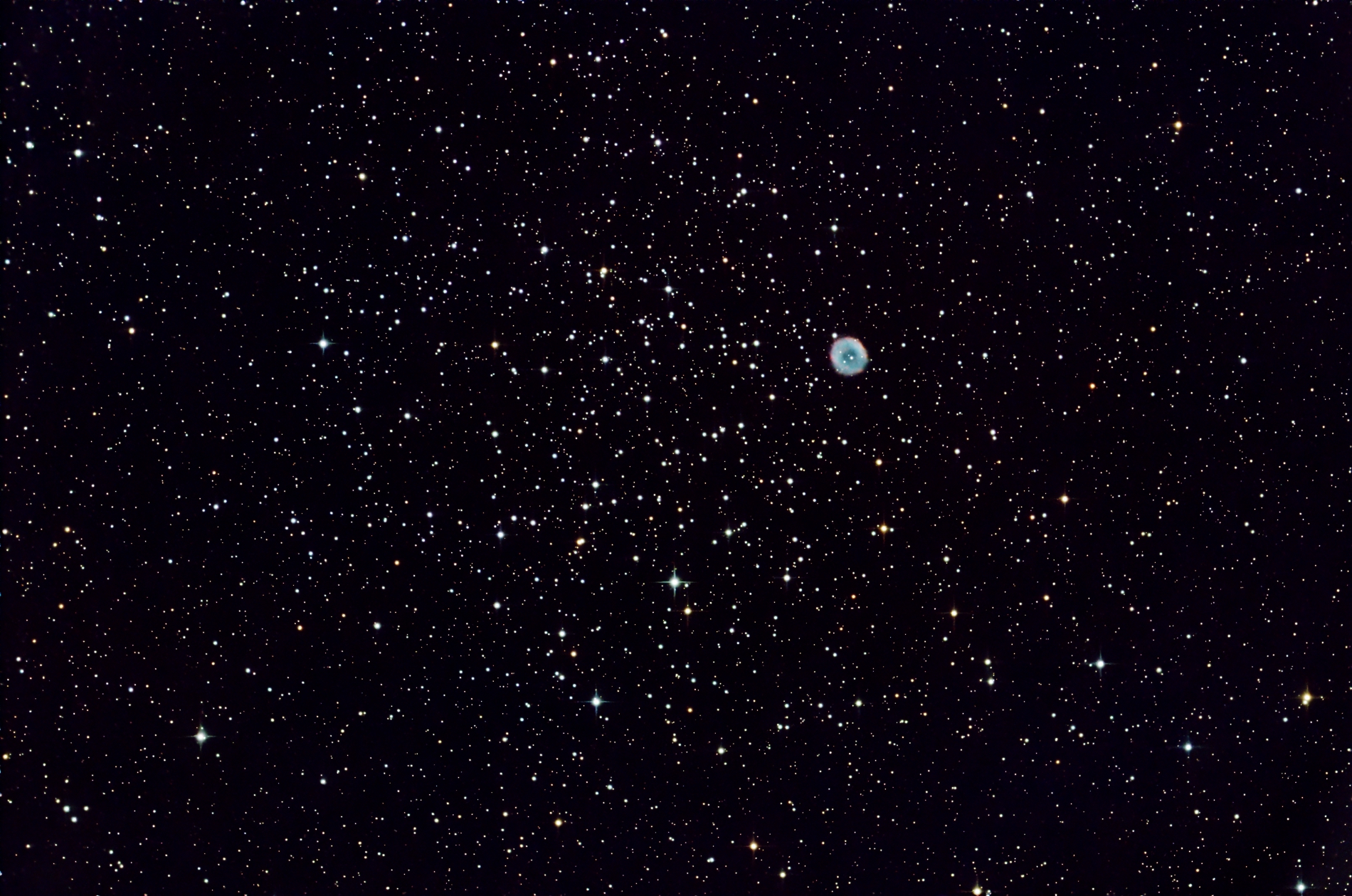 Image Information: Image Information:
M46 is
an open star cluster in our own Milky Way Galaxy, located in the
constellation Puppis. The cluster has a physical diameter
of approximately 40 light-years and lies at a distance from
Earth of approximately 4,900 light-years. Also in
the field of view is a conspicuous planetary nebula (NGC 2438),
that is a foreground object and not gravitationally bound to the
star cluster.
8 second livestream
exposures x 134 total sub-frames for total exposure time of 19 minutes |
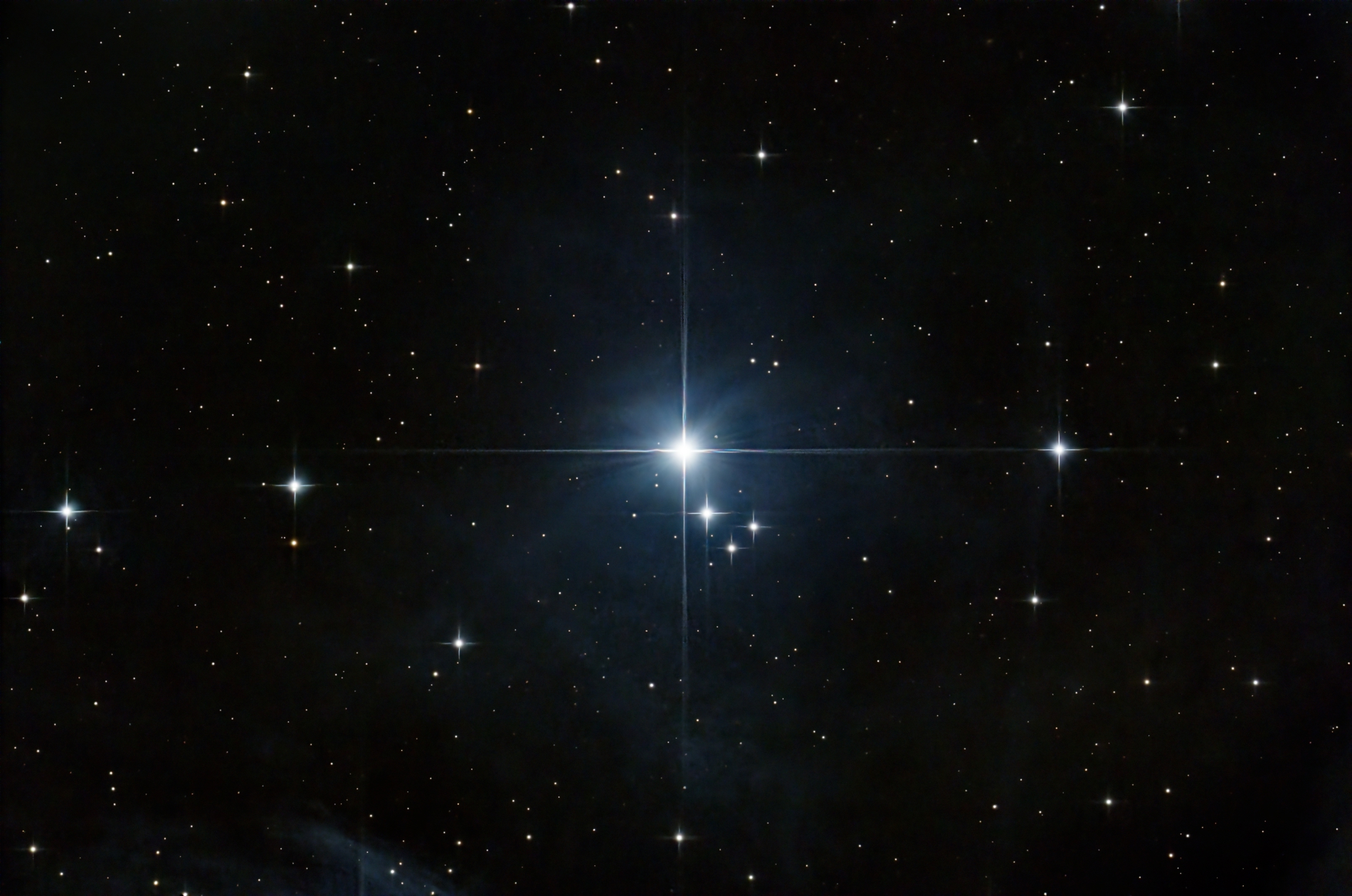 Image Information: Image Information:
M45, also known as The Pleiades Cluster is
an open star cluster in our own Milky Way Galaxy, located in the
constellationTaurus. The cluster has a physical diameter
of approximately 40 light-years and lies at a distance from
Earth of approximately 444 light-years. Wispy veils
of hot ionized gas are visible in the field of view, energized
from the bright blue-giant star Alcyone.
5 second livestream exposures x 116
total sub-frames for total exposure time of 15.5 minutes |
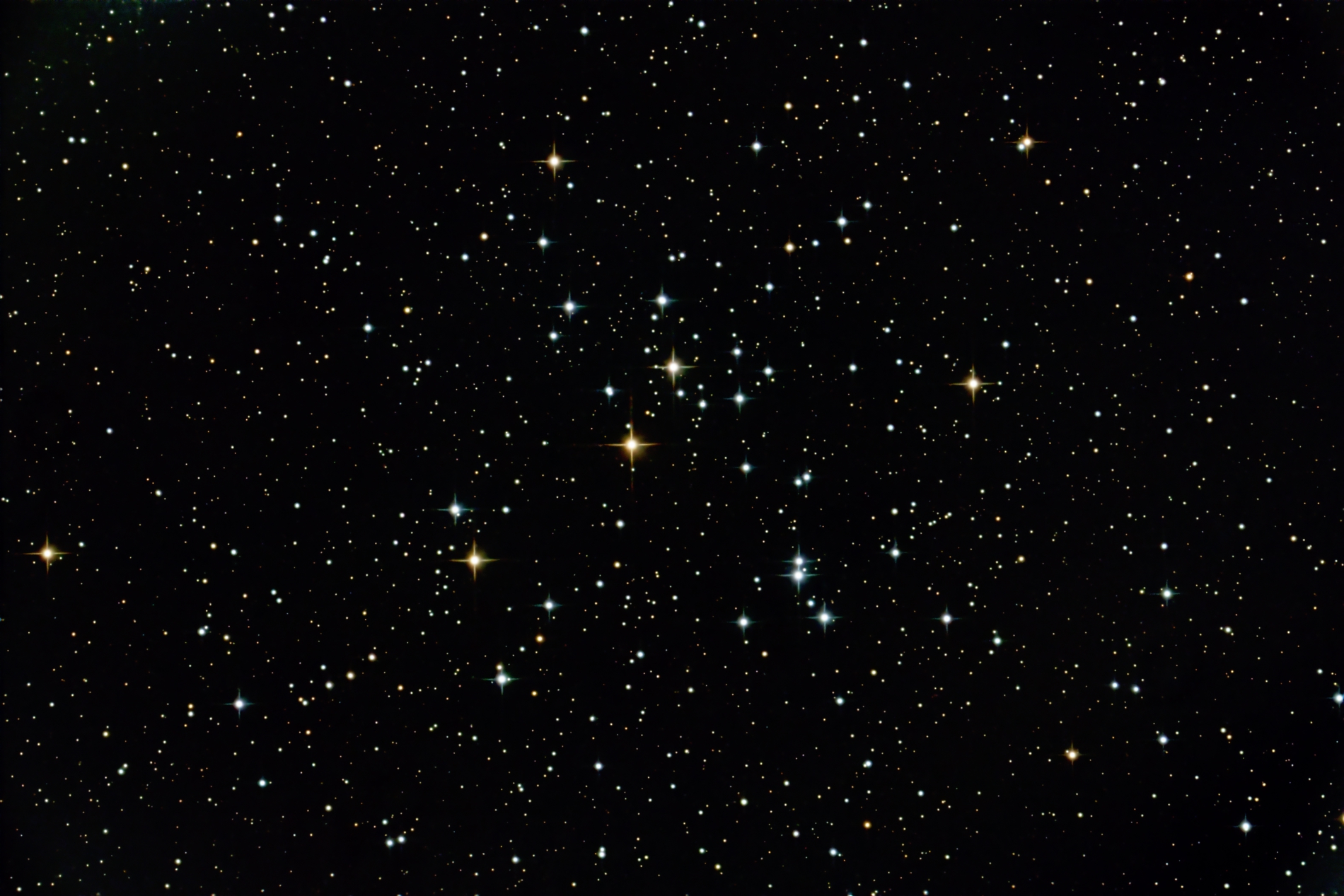 Image Information: Image Information:
M41 is
an open star cluster in our own Milky Way Galaxy, located in the
constellation Canis Major. The cluster has a physical
diameter of approximately 26 light-years and lies at a distance
from Earth of approximately 2,300 light-years. It is
estimated to be approximately 190 million years old and has a
life expectancy of 500 million years before it has fully
disintegrated gravitationally.
5
second livestream exposures x 118 total sub-frames for total
exposure time of 9.8 minutes |
|
